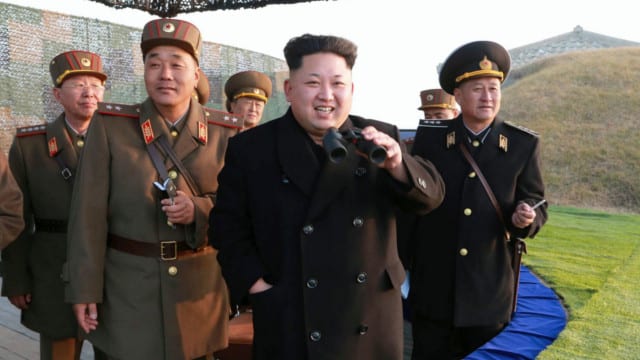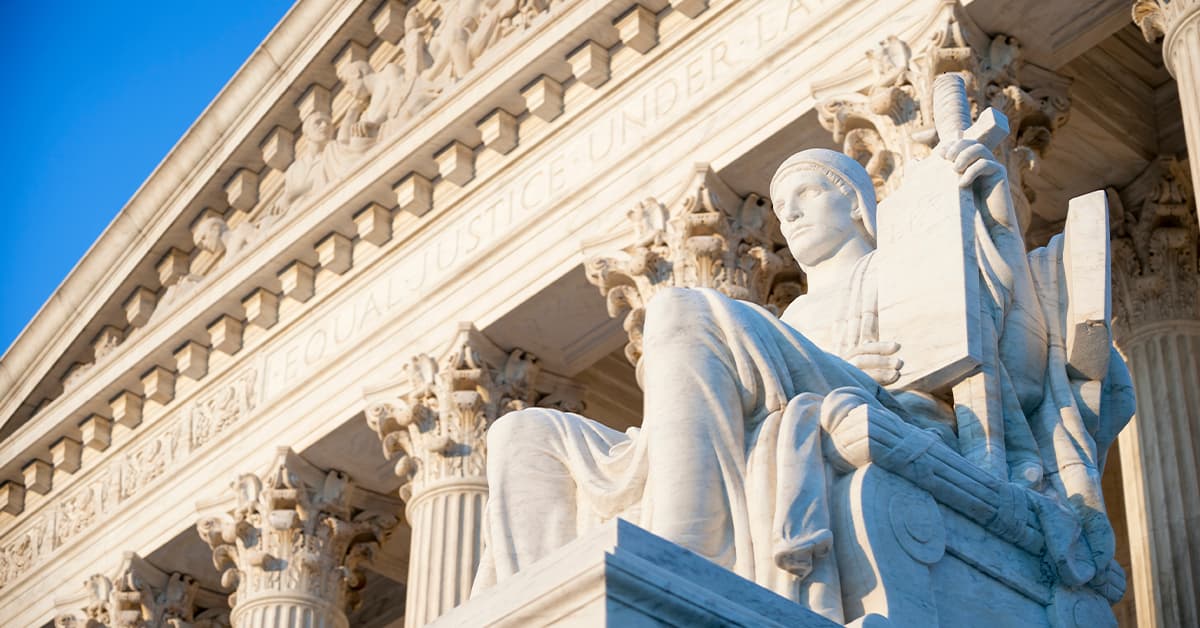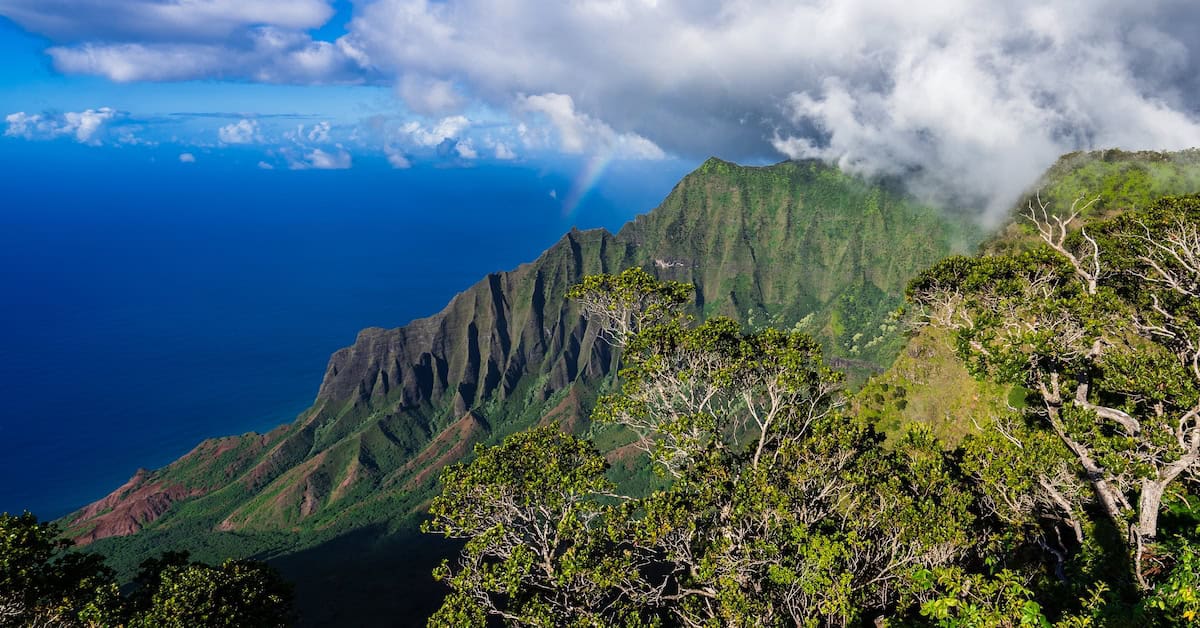For weeks after North Koreas’ Kim Jong Un declared his willingness to pull back on his nuclear threats and talk to President Trump, the pundits and the politicians have been ruminating endlessly, wondering what motivated the abrupt change of heart. It was only within the last day or so that a major underlying reason began to come out in the press.
But it was more than a month before the others even noticed it, that America Out Loud posted a report, “Was Kim Jong Un’s New Persona Forced by a Little Known Nuclear Threat?” that explained one of the most compelling reasons for Kim’s sudden turnaround.
On April 25, an article in Fortune Magazine reiterated that story by this author about how the recent failure of North Korea’s nuclear test site at Mant’ap Mountain was the key to Kim Jong Un’s recent change of heart.
Now additional information is coming out, explaining even more fully how Kim’s miraculous change of heart from wild-eyed maniac with his finger on the nuclear trigger to mild-mannered statesman ready to negotiate. It’s simple, really. Not only has his nuclear program failed, but it is threatening the world with nuclear fallout, whose reach was previously unimagined. Kim cannot afford to lose face and, in the midst of this historic failure, he needs all the friends he can get.
Here is the story, much of which has remained untold until now:
On September 3, 2017, North Korea jubilantly announced that it had detonated its largest nuclear test yet, a 100-kiloton hydrogen bomb. The blast registered a 6.3 magnitude, according to the US Geological Survey. The North Korean announcement described the device as having “the explosive power of which is adjustable from tens kiloton to hundreds kiloton … which can be detonated even at high altitudes for super-powerful EMP attack”. Kim declared this test as “a perfect success”.
The world took notice of the test, and missed, for the most part, the reports of a second blast that occurred only minutes after the first. This was unplanned. It was not a nuclear device, but rather the collapse of the chamber in which the blast took place. Significant? You bet.
Satellite imagery following the test showed that the mountain surface had shifted. Prior to September 3, Mount Mantap was 2,205 meters high. But after the blast, the mountain had diminished in height and over 85 acres of the southwest flank of the mountain was shown to have been displaced by several yards. Satellite images indicated that a large hollow space, measuring 196 feet by 328 feet, had been created deep in the mountain. It was the first sign that the mountain, in which this and four previous tests were carried out (in 2009, 2013, and two in 2016), was beginning to fail. Mount Mant’ap was suffering from ‘mountain fatigue’ and was showing the first signs of a potential catastrophic collapse.
The situation could not have been worse. Geologists warned that the size of the hole in the mountain made it unstable, and that further collapse was possible. They also warned that if the mountain should implode, massive amounts of radioactive gases could be released into the air.
In late October, a tunnel collapsed at the site following a series of tremors. The collapse reported killed some 200 workers inside the mountain. During rescue operations, a second collapse occurred, killing another 100 workers.
As the walls of the hole created by the September blast continue to deteriorate, its diameter is now growing at a rate of approximately 30 feet every day, according to a reliable source. The mountain is indeed in danger of collapse and the threat of nuclear exposure is growing.
But despite warnings of what may happen, damage has already been done, although the mainstream press has largely ignored it.
- According to a report in the South China Morning Post, a team from the China Earthquake Administration has suggested that the initial collapse may have created a “chimney” that is already allowing the escape of airborne radioactivity.
- The Yalu River, which defines part of the border between North Korea and China, has already been reported to be contaminated by radioactivity. Not only does this create a threat to China, but because the river flows westward into China’s Yellow Sea and eastward to the Sea of Japan, it makes the potential damage from Kim’s nuclear gambit inestimable, as the seas flow into the ocean, whose currents carry the nuclear contamination to faraway shores.
- The Chosin Aquifer, which provides North Korea with 60% of its water, has also shown signs of contamination. The catastrophe has already begun.
It can be surmised that Kim’s recent trip to China was not a vacation. He was no doubt severely chastised by China’s president, Xi Jinping, and he returned to Pyongyang contrite and ready to talk. Kim is racing to contain the damage without losing face. But he may, in fact, require American technological assistance to do so. Kim’s meeting with President Trump will be historic, whatever its outcome. The two issues here are both political and environmental. It can be hoped that the problem of Mount Mant’ap will be a part of the discussion.
IMAGE: KCNA/REUTERS

























